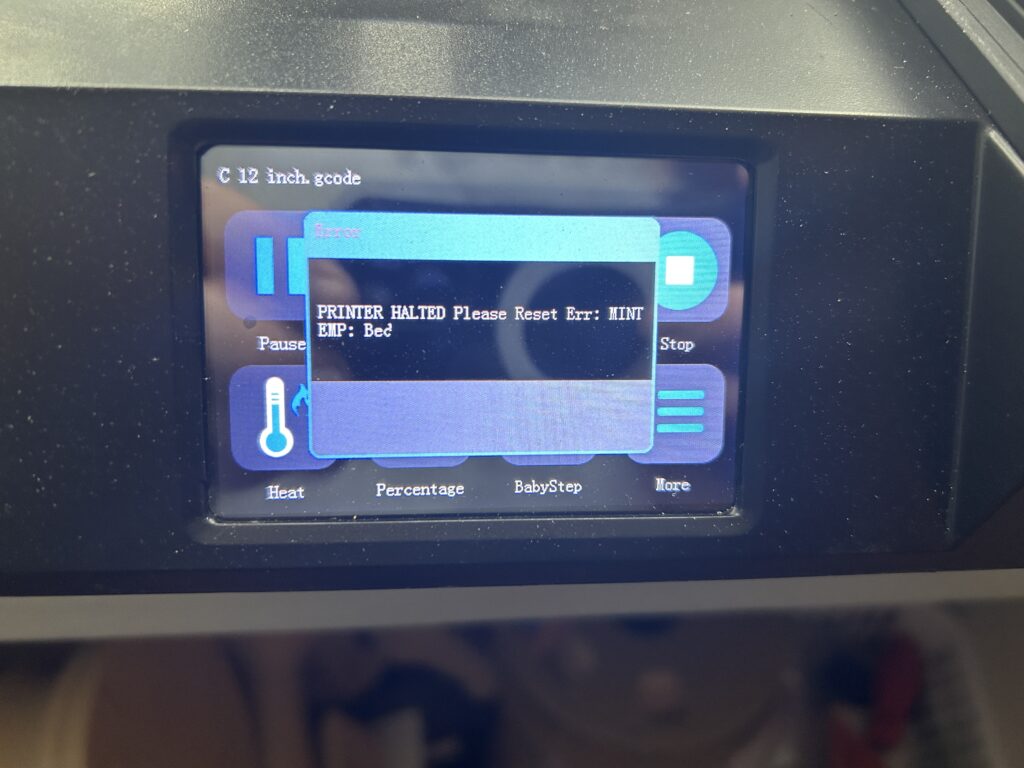In an age where sustainability is more important than ever, finding innovative ways to recycle and repurpose items is key. An old blender, often relegated to the back of the cupboard or destined for the landfill, can be a surprisingly versatile tool in your recycling arsenal. Here’s a look at how you can give a second life to various items, including failed 3D prints, using an old blender. Love recycling and going green or living naturally? Visit LivableWays.com

GRINDING FAILED 3D PRINTS
TRANSFORMING MISTAKES INTO NEW CREATIONS
- Process: Failed 3D prints can be ground up in a sturdy old blender. This process turns them into smaller, manageable pieces.
- Reuse: The ground-up plastic can then be melted and poured into silicone molds to create new objects. This method is particularly useful for hobbyists in 3D printing, allowing them to reduce waste and experiment with new designs.
OTHER CREATIVE USES FOR AN OLD BLENDER IN RECYCLING
FROM KITCHEN WASTE TO GARDEN GOLD
- Compost Material: Blend kitchen scraps like fruit peels, vegetable ends, and coffee grounds to create a nutrient-rich mixture for your compost pile or garden.
- DIY Potpourri: Dry out flower petals and small fragrant herbs, then give them a quick blend to create homemade potpourri.
- Homemade Paper: Recycle old newspapers and junk mail by blending them with water to create a pulp, which can then be dried into sheets of homemade paper.
- Natural Cleaning Agents: Blend citrus peels with vinegar to create a natural, effective cleaning agent for your home.
- Pet Treats: Blend leftover meats, vegetables, and grains to create homemade pet treats. Ensure all ingredients are safe for your pets.
- Craft Materials: Old fabric scraps or papers can be blended to create textured materials for craft projects.
- Seed Starter Mix: Blend eggshells or coffee grounds to a fine powder to mix into your soil for a nutrient-rich seed starter mix.
SAFETY TIPS
- Blade Care: Ensure the blender’s blades are sharp and intact. Dull or damaged blades might not effectively grind materials and could pose a safety hazard.
- Material Suitability: Check that the materials you’re blending are safe to be ground up and won’t damage the blender’s mechanism.
An old blender can be much more than just a kitchen appliance; it’s a tool for sustainability and creativity. By repurposing failed 3D prints or transforming everyday waste into useful items, you’re not only reducing your environmental footprint but also unlocking a world of creative possibilities. Remember to always prioritize safety and check the suitability of materials before blending. With a bit of imagination, the potential for recycling with an old blender is virtually limitless.
Recycling and repurposing materials not only contribute to environmental sustainability but can also open doors to potential income streams. Here are some innovative ideas, similar to grinding failed 3D prints, that can be executed with an old blender and might have commercial potential:
CREATING ARTISTIC MATERIALS
- Colored Pencil Dust for Art: Blend old colored pencils to create fine colored dust. This can be used by artists for unique textures in paintings or as a pigment for homemade crayons or pastels.
- Glass Powder for Mosaic Art: Blend colored glass pieces to create glass powder, which can be used in mosaic art projects. This requires a powerful blender and safety precautions.
HOMEMADE BEAUTY PRODUCTS
- Natural Exfoliants: Blend dried orange peels, oatmeal, or coffee grounds to create natural exfoliants for homemade beauty products like scrubs and soaps.
- Bath Bombs: Use the blender to mix dry ingredients for homemade bath bombs, which can be sold online or at local markets.
CULINARY VENTURES
- Specialty Flours: Blend dried grains, nuts, or legumes to create gluten-free or specialty flours, catering to health-conscious consumers.
- Herb and Spice Blends: Create unique herb and spice blends from garden-grown or bulk-purchased ingredients. These can be packaged and sold as gourmet cooking aids.
ECO-FRIENDLY HOME PRODUCTS
- Biodegradable Planters: Use blended paper pulp to create biodegradable planters, which can be a hit with gardeners and eco-conscious consumers.
- Recycled Paper Products: Beyond homemade paper, consider creating recycled paper products like notebooks, greeting cards, or gift tags.
PET PRODUCTS
- Natural Pet Foods: Blend wholesome ingredients to create natural pet foods or treats, ensuring all ingredients are pet-safe.
- Aquarium Decor from Plastics: Repurpose ground plastics into decorative items for aquariums, ensuring they are safe and non-toxic for aquatic life.
MARKETING AND SELLING YOUR RECYCLED PRODUCTS
- Online Platforms: Utilize platforms like Etsy, eBay, or your own website to sell your recycled products.
- Local Markets and Fairs: Participate in local craft fairs, farmers’ markets, or community events to showcase your products.
- Social Media Marketing: Use social media platforms to promote your products, share the recycling process, and engage with potential customers.
- Packaging and Branding: Invest in attractive, eco-friendly packaging and create a strong brand identity to appeal to your target market.
With a bit of creativity and entrepreneurial spirit, an old blender can be the start of a profitable recycling venture. From artistic materials to homemade beauty products and eco-friendly home items, the possibilities are vast. Not only do these ventures help in reducing waste, but they also offer a unique opportunity to create something valuable and potentially profitable. Remember to research the market, understand your audience, and prioritize sustainability in your business model.
As an Amazon Associate we earn from qualifying purchases through some links in our articles.




